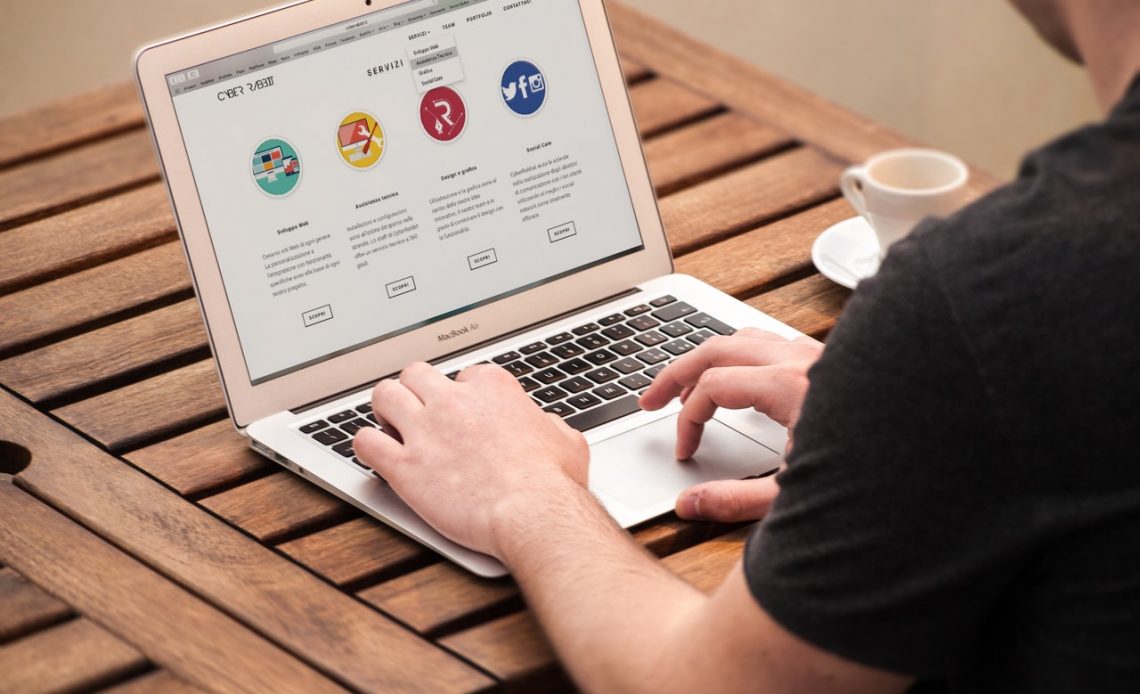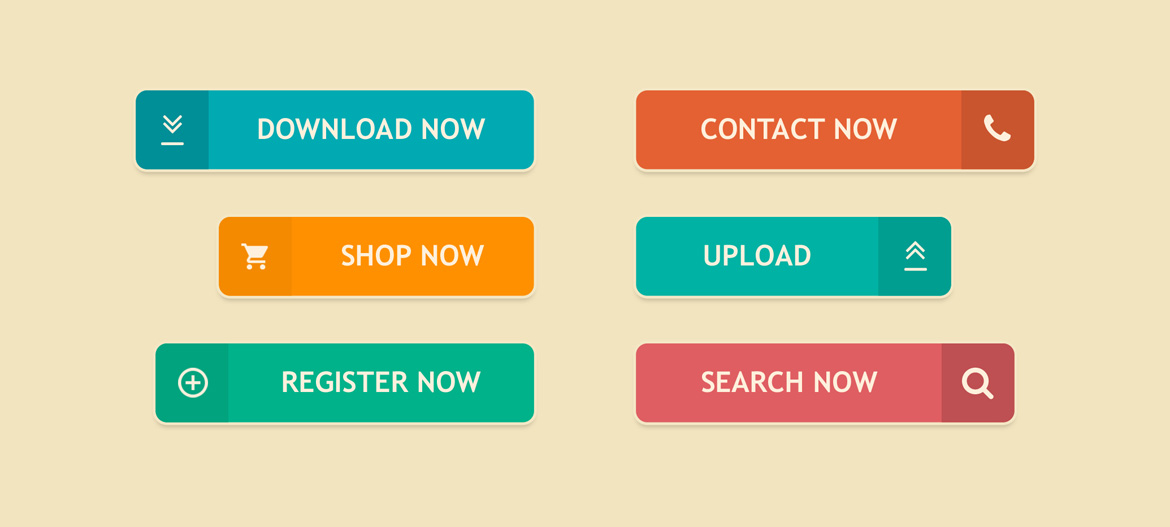
A landing page is what your customer comes to, which is why you should (and should not) include it on your site. A landing page is a singular page that has a specific purpose. It has an introduction, contains the single most important piece of content to your brand or company, and presents its main benefits to the user.
A landing page can be a different type of webpage. It’s the ultimate in Web design manipulation — you can build multiple pages within one website in order to deliver exactly what you want your users to see.
A landing page is often used as a teaser for something greater that will come later on when they visit or open up the site itself.
But there are some guidelines to follow when creating a landing page that would be ideal for your company:
1) Start with a clear title that tells the user why they are visiting the website and what they will get from it
2) Use bullet points to summarise each section of your website and what value it provides
3) Ensure each element of your website is relevant for the user and relevant for their job or task that they are trying to accomplish at that moment
4) Give yourself enough time and thought during development of your website before you start making content changes because this effort pays off in future conversions just like any other form of content marketing does. Once you’ve finished building, test and debug all elements within the page so you’re ready for launch — then move onto Testing & Optimising Your Landing Page.
What is a landing page?
Landing pages are a marketing tool used in various industries like e-commerce, e-learning, and branding. They’re not just for web design. Many of them are even used in online advertising.
They serve as the way from the internet to the product or company website. A landing page is an important tool in marketing and sales for several reasons:
It helps you get your product or service to customers. Landing pages provide you with information about your product or service that you can use for your marketing plan. It helps you find new customers and target audiences. It can help you meet your business goals if it is included on a website that is designed by an experienced web designer or developer.
Some landing pages are designed with a certain goal in mind. For example, some landing pages are created as part of a customer acquisition program, while others are simply there to attract more visitors to your website.
You can use different types of landing pages depending on what type of business you have, like sites dedicated to selling products or services, informational sites with very little content, and other types of sites where there’s not much content at all. Landing pages are available in different shapes and sizes depending on what they need to accomplish : they could be simple bookshelves full of product images, they could be ads meant to grab customers’ attention immediately, they could be full-blown branded sites with great features like video, features, and social sharing options for users, etc. You should know how each type works before creating one for yourself.
You can use a landing page for any site that has online customers, however if it’s only going through email campaigns or other non-traditional methods of marketing then simply create another one instead. The best thing about this method is that it doesn’t require technical skills and learning how to do things like upload content. You just need some creativity and imagination.
Why are landing pages important?
Landing pages are perhaps one of the most important features of any e-commerce site. These pages are the first step in the process of selling your product or service to potential customers. They are also a crucial part of SEO as search engines use them to help organise and rank search results for users based on more precise criteria than just a keyword.
Landing pages can be anything from a simple text box where you can enter your name, address, phone number, etc., or an image gallery with options such as “contact us” or “contact us via email.” However, they all have one common attribute: they lead to another page.
A landing page is simply one of many pages on your website that leads to another page that is meant to do something different than what comes before it.
As we’ve discussed before, optimising your landing page content is an essential part of optimising the user experience on your website. In addition, you should pay close attention to what you put there and how it is organised so that it will perform well within a specific user context and web design guidelines.
What content should you include on a landing page?
Landing pages are a vital part of the marketing process. The page isn’t just a destination point. Landing pages have to be compelling, relevant and persuasive to create the right kind of interest in your products or services.
Content is king. So here’s what you need to include on landing pages:
1) A reference link
2) A call-to-action button
3) A clear call-to-action (CTA) – a brief statement which asks the visitor to take some action or purchase something now
4) An image (or images) – this is important because it adds emotion and helps increase conversions and sales (more on this later).
For instance, if you sold a product that had an image of a happy child playing with toys, that would be an effective way of showing users how useful the product would be in their lives.
A call to action (CTA), which lets users know they’re doing something they can actually do to make things better for themselves or their family – this is also known as “a strong CTA” and should have an immediate effect on the user’s mind in terms of what they need next. This CTA should be easy for users to find, not hard to dismiss. It should be simple, however really powerful. The more complicated it becomes, the less likely it is people are going to take action.
The importance of a strong headline
A headline is a statement that is remembered and reinforced by your reader. It’s the first words you should put in front of your readers. They are the first words that jump out at you when you look at a page or scroll through a website.
Your headline is like your first sales pitch. It’s where you make an offer to the reader with the most emotion, value, and interest in one package or idea. So what are some good examples for headlines? Let’s take a look at some different ways to structure them:
When I think of headlines I think of people’s lives. If a person has been married for years and then they get engaged, things will be going great in their life… [and] then they start thinking about marriage and they think “I don’t know if I want to wait until after college or not”… [and] they decide that instead of going to college they will get married as soon as possible so that they can start their lives together right away.
The tone of this example makes it clear that this person is making an educated decision — she knows more than she does about marriage, so she knows the decision is an important one for her future happiness. She makes this choice based on her own thought process; she doesn’t have to be told “no!” before making up her mind about marriage.
The tone of this example makes it clear that this person is making an educated decision — she knows more than she does about marriage, so she knows the decision is an important one for her future happiness. She makes this choice based on her own thought process; she doesn’t have to be told “no!” before making up her mind about marriage.
When I think of headlines I think of people’s lives…. [and] then they start thinking about marriage and they think “I don’t know if I want to wait until after college or not”… [and] them decide that instead of going to college they will get married as soon as possible so that they can start their lives together right away….
The tone of this example again emphasises how the information conveyed here comes from someone who has made their own informed decisions with regard to their life choices; it isn’t offered by someone who expects you will agree with him/her without considering his/her own ideas first.

CTA examples for landing pages (Source)
The importance of a call to action
A landing page is the most important thing you can do with your website. Not just because it gets you to the site. however because it tells people exactly what they need to do next.
This guide will help you get your landing page right by explaining what it means, why it’s so valuable, and how to best make sure yours stands out from the crowd.
Conclusion
Landing pages are the entry point for your website and, as such, need to be compelling. This can be tricky because you want your visitors to download their information as fast as possible. If they’re surfing around on your site looking for something, it’s important that they find it quickly and don’t waste their time moving around on pages they’re not interested in.
What do you include on landing pages? In this guide, we’re going to explain what landing pages should look like and what content should go on them.
In a nutshell, landing pages are the front doors to your website. They’re where visitors will arrive if they’ve gone looking for something specific; and they need to provide enough information to get them there, however not so much that it distracts from the main content of the site. A good landing page does several things well: It tells the visitor where the page is, who the page belongs to, how long it takes from clicking a link in a marketing email, or other content on your website (and often also redirects back to your home page).
It tells visitors about everything that’s useful about your brand/product/service (your name/logo/colours) or industry (e.g., “home improvement”) or gives them links that lead back to that area of interest You don’t want people downloading links without even reading your home page first because then they’ll have no idea where they’re supposed to go next… Or worse yet: they’ll click a link in an email marketing campaign and end up with nothing useful when you really wanted them to take action right then and there.
In short: if you’ve got a great product/service, however lots of competition in terms of quality/price/what have you; then make sure you include all of those bits in the landing page so people know exactly what they’re going into.
